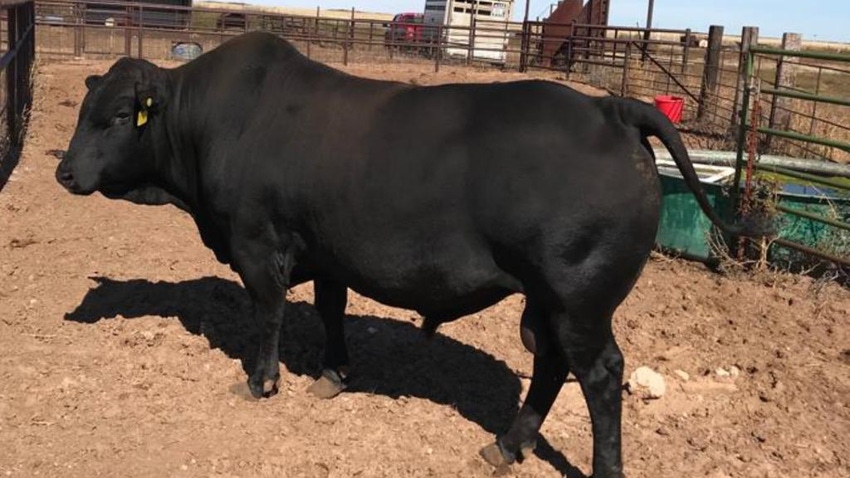
For those of you using high-stock-density grazing, remember that you'll have to create the right kind of cattle to make the system really work and profit the most.
For everyone else, look at the economics I have repeatedly published on production and profit per acre versus production and profit per cow. Then consider what I'm saying here and put yourself ahead of the game.
One of our primary goals should be maximum sustainable profit per acre, and that requires intensive grazing management and the right kind of cattle.
The right kind of cattle means animals that are very grass efficient, hormonally balanced, maintain good inherent body condition, and reproduce readily and at extremely high percentages. It is my firm belief this is not the norm in 90% or possibly more of cattle today.
I am acutely aware of that right now as I try to balance high-density grazing with a very average herd of cows I have in a custom grazing arrangement. It is a topic well discussed over and over by Johann Zietsman, the Zimbabwean rancher and cattle breeder who pioneered ultra-high-density grazing. Zietsman has been featured in several stories in Beef Producer over the years, and in late September and I drove to Vinita, Oklahoma, to hear him talk once again.
Zietsman said that day the one negative issue with high-stock-density grazing management is a drop in body condition, and yet body condition is the biggest key to cattle management, including the all-important rebreeding and conception.
The solution, of course, is to breed/create grass-efficient cattle, the very thing we have moved hastily away from the last 50 years. These cattle will ultimately solve many of our industry's problems with lack of profitability, although they are not the big cattle feeders and packers want.
In light of these comments, I need to remind you I was a meat cutter in high school and college in the mid and late 1970s when carcasses were racing upward in size and quality grades were dropping like a rock. Do you remember they had to revise downward the Choice grade so it would take in enough carcasses? Therefore because of my personal experience and because I read a lot of research besides what's popular, I know that the current emphasis on carcass is one more band-aid on a festering wound we have inflicted on ourselves.
Such cattle as I'm suggesting are highly reproductive and can lay on fat readily on grass. Therefore they will finish easily and marble readily. Research on African Sanga cattle, which are the Bos taurus breeds from that continent, shows many of them normally finish and marble with the best American cattle, but they do so more quickly.
Their reproductivity is highly heritable, too, despite what the academics say about low heritability of reproductive effectiveness. I've labored to describe the difference before, and I think it worth mentioning a few of Zietsman's comments from that September day in northeast Oklahoma.
He reminded the audience that fertility results from inherently good body condition. That inherently good body condition arises from several things. A key component is high relative intake and relatively low maintenance requirements. It comes from full adaptation to the environment: Heat tolerance, maybe cold tolerance in a few environs, disease resistance, internal and external parasite resistance. Cattle with all these traits are the most likely to reproduce, especially without the "help" most cattle receive from supplemental feeds, medications and dewormers, and low-level continuous stocking. That reproduction can then be passed on to their offspring, if conditions and the breeders demand it.
"Why would a survival trait like fertility be lowly heritable?" Zietsman asked rhetorically.
More recently he addressed the opposite side of this equation: "We would make a giant leap toward breeding veld (range) productive cattle if breeders of the 'scientifically improved' breeds were as strict with selecting for practical fertility as they are with culling visual defects."
I wrote another blog on this topic recently called You can't have it all.
About the Author(s)
You May Also Like




